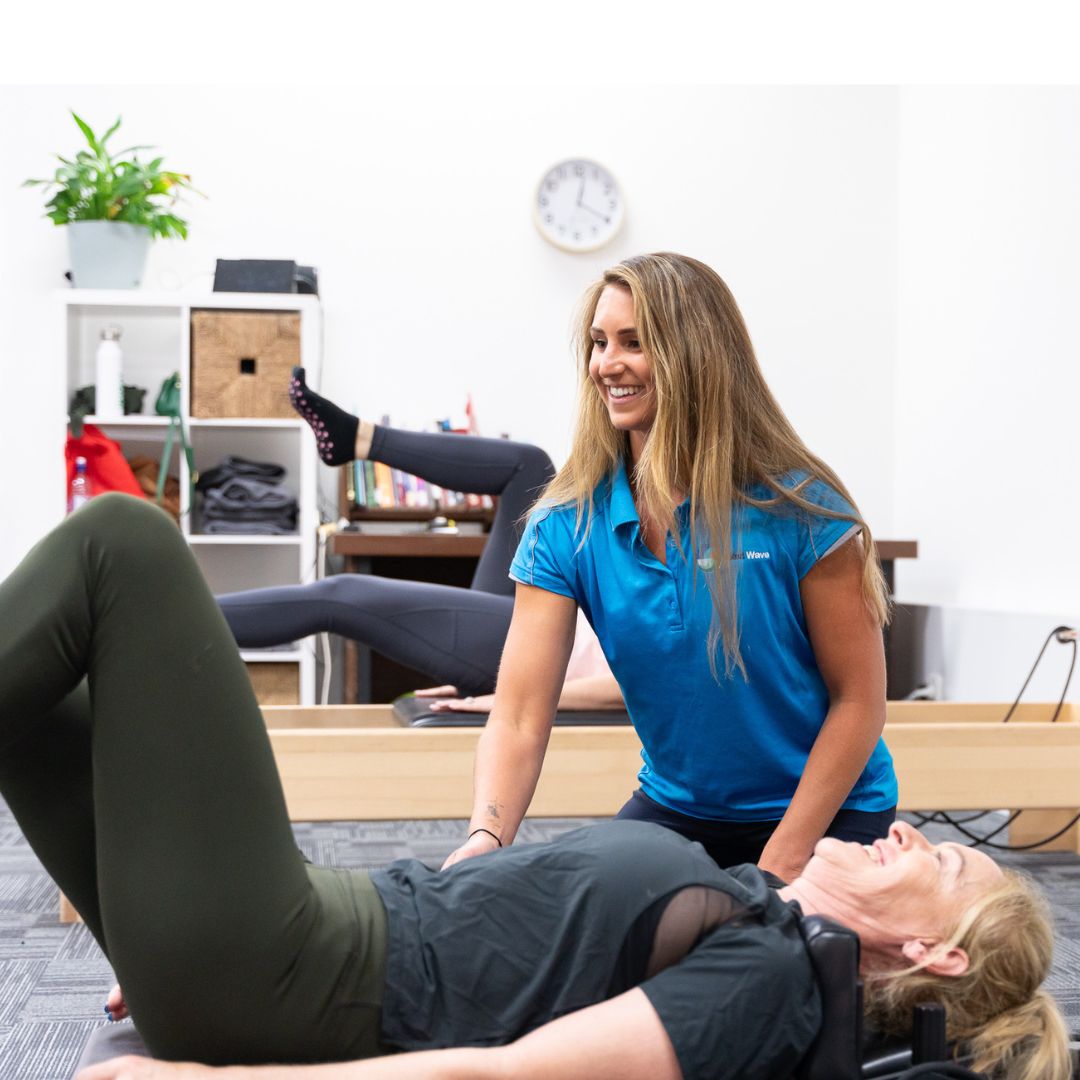Osteoarthritis Physiotherapy
Osteoarthritis is a condition we hear lots about.
But what is it?
How do I know if I have it?
And what can be done about it?
Let’s unpack these questions.
What’s in a Joint?
As osteoarthritis is a joint condition, it is important to understand what goes on inside a joint. The ends of our joints are covered in strong but flexible cartilage. This creates a smooth surface for our bones to move past each other. Around this joint there is fluid contained within a capsule. This fluid acts as a lubricant that also provides nutrients to the joint cartilage. The muscles and ligaments around the joint give stability and produce movement.
What is Osteoarthritis?
Osteoarthritis (OA) is a common condition that can affect the whole joint but mostly occurs when there is a break-down of the cartilage within the joint. This process can happen through abnormal loading or joint injury that does not allow for regeneration and adaptation of the joint structures.
This can happen in 2 main ways:
-
Healthy cartilage being repetitively exposed to heavy loads over a long period of time
or
-
Unhealthy cartilage that cannot handle normal loads
Cartilage as a Sponge
A good way to understand how this process occurs it to think of cartilage as a tough wet sponge; when load is applied, fluid is pressed out of the sponge. When load is removed, the sponge sucks fluid back in.
If load is put through the sponge over a long period of time, so that all of the fluid is pushed out, the sponge will begin to degrade. On the other hand, if there is no load put through the sponge, there will be no movement of new fluid into the sponge and no movement of old fluid out of the sponge. This will also result in the sponge beginning to degrade.
The solution to this is to find a balance of movement and load that keeps fluid moving in and out of our cartilage. This will provide nutrients to the cartilage and keeps our joints healthy and able to tolerate the activity in our lives.
Do I have Osteoarthritis?
A diagnosis of Osteoarthritis is made by taking in to account your symptoms, clinical examination findings and risk factors (you don’t need an x-ray!).
These might include:
-
Age – Being over 50 increases risk of OA
-
Gender – Being female increases risk of OA
-
Genetics – a family history increases risk of OA
-
Pain with weight-bearing
-
Crunching or clicking noises with movement (often in association with pain)
-
Swelling around the affected joint
-
Reduced joint movement – may include difficulty getting in or out of a car or putting socks on
What can I do about it?
Recent evidence suggests an active approach to the management of osteoarthritis. Fortunately, there are many things that you can do to take control of your pain and function.
The best value treatments include:
-
Exercise – focusing on movement control, strength, joint range and aerobic fitness
-
Evidence based education – understanding your condition, pain and treatment options
-
Increased physical activity
-
Weight loss – Next Wave Therapy can assist with nutritionist services
How do I exercise in pain?
Exercising when in pain can seem like a catch 22. But it is important to remember that pain does not mean that you are doing damage to the joint.
It is safe and sometimes necessary to feel a low level of pain while exercising. A progressive and guided exercise program can allow you to exercise safely and with confidence that symptoms will improve as your body adapts to the challenges of exercise.
Do I need surgery?
Surgical intervention, such as joint replacement surgery, are common but may not be the right option for you (20% of people do not get any pain relief following knee joint replacement). The first line treatments listed above are recommended before medical intervention such as joint injections and surgery. Research indicates that medical interventions should only be considered if first line treatments have been unsuccessful.
How can Next Wave Therapy help?
Our physiotherapist Rashil Shah runs the GLa:D program at Next Wave Therapy O’Connor (Fremantle area). This is an exercise-based program that aims at equipping you to manage your osteoarthritis, reduce pain and improve function.
Click here to find out more about the GLa:D program.
All of our physiotherapists are experts in assessing and treating osteoarthritis. Book in with one of them today for an assessment and begin a treatment plan that is right for you.






